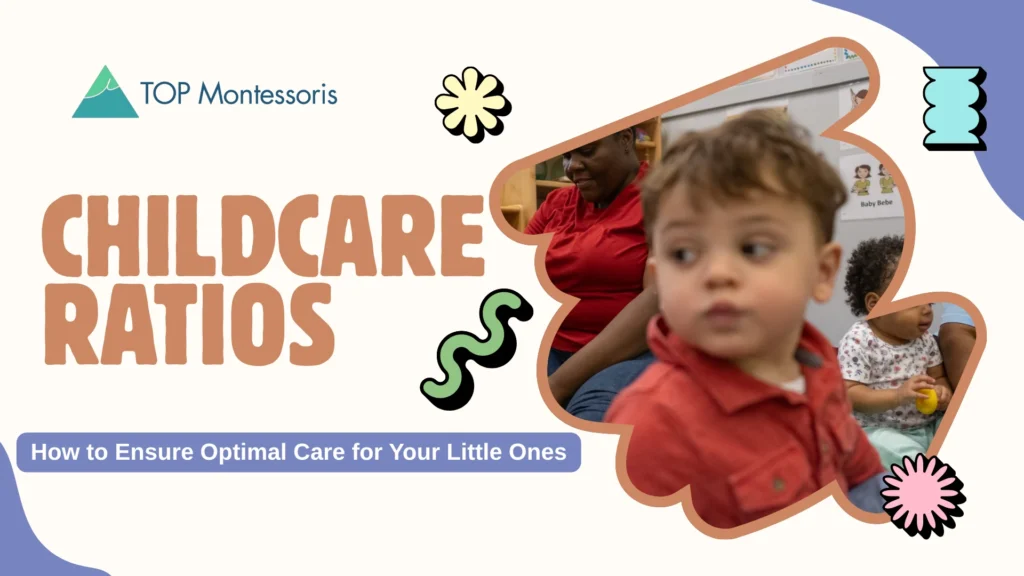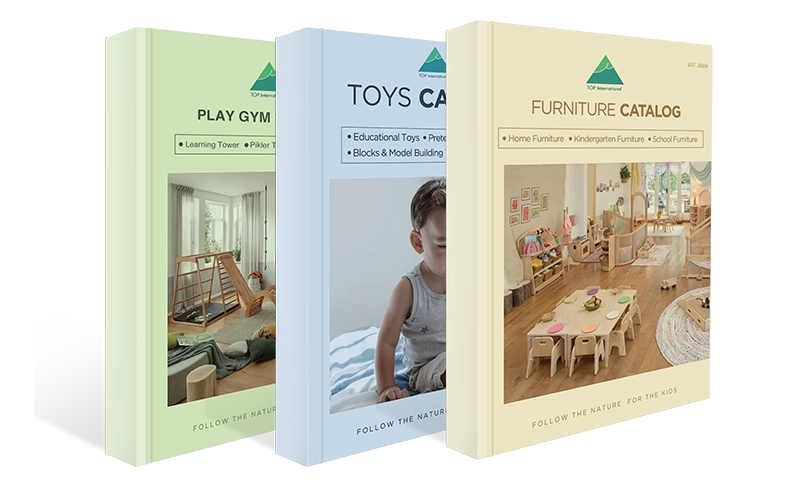Are you confident that your childcare ratios meet both regulatory standards and developmental best practices? Do your current staff-to-child numbers support consistent, high-quality care? And how can you maintain optimal ratios without compromising operational efficiency or staff well-being? These are critical questions for any childcare center striving to provide exceptional service and maintain a strong reputation.
Well-balanced childcare ratios are the backbone of quality early childhood education. They allow caregivers to form deeper connections with each child, respond quickly to individual needs, and deliver richer, more engaging learning experiences. From promoting emotional security to reducing behavioral challenges and enhancing safety, maintaining proper ratios creates an environment where children thrive, staff feel supported, and your center’s value is clearly demonstrated to both regulators and stakeholders.
In the sections below, you’ll discover age-specific childcare ratio guidelines, international standards, staffing strategies, and practical tools to help you manage your team effectively and deliver the highest level of care in your childcare setting.

Why Childcare Ratios Matter?
Childcare ratios are a key indicator of quality in early education settings. Lower ratios mean each child gets more individual attention, better supervision, and stronger emotional support. They also allow educators to respond quickly to children’s needs and manage classrooms more effectively.
In smaller groups, children benefit from richer learning experiences and safer environments. Caregivers can build stronger connections, observe development closely, and reduce the risk of accidents or missed behavioral cues.
What to consider?
Choosing the right childcare ratios requires careful evaluation of several key elements. These factors influence how many adults are needed to ensure safety, engagement, and quality care:
1. Age of the children
Younger children need more supervision. Infants and toddlers require lower teacher to child ratios than preschoolers.
2. Group size
Larger groups generally need more staff to maintain proper oversight and support.
3. Child-specific needs
Consider behavior, emotional development, and any special medical or developmental requirements.
4. Nature of activities
High-risk or complex activities (e.g., outdoor play, field trips, water play) require lower staff to child ratios.
5. Duration of the activity
Longer activities may require additional breaks or staff rotations to avoid fatigue.
6. Staff qualifications and experience
Trained and experienced caregivers may manage certain groups more effectively, but they must still meet ratio requirements.
7. Physical layout of the space
Spaces with limited visibility or multiple rooms may need more adults for adequate supervision.
8. Equipment or medical support
Any use of specialized tools or health-related procedures increases the need for qualified staff presence.
9. Inclusion of children with disabilities or additional needs
These situations often require lower daycare ratios and staff trained in inclusive care practices.
10. Legal and licensing requirements
Always ensure your staffing meets the minimum ratios required by your local authority or regulatory body.
Before launching any new activity or program, conduct a formal risk assessment using the factors above. This helps determine not only how many staff you need but also what specific competencies they should have to ensure safety and compliance.
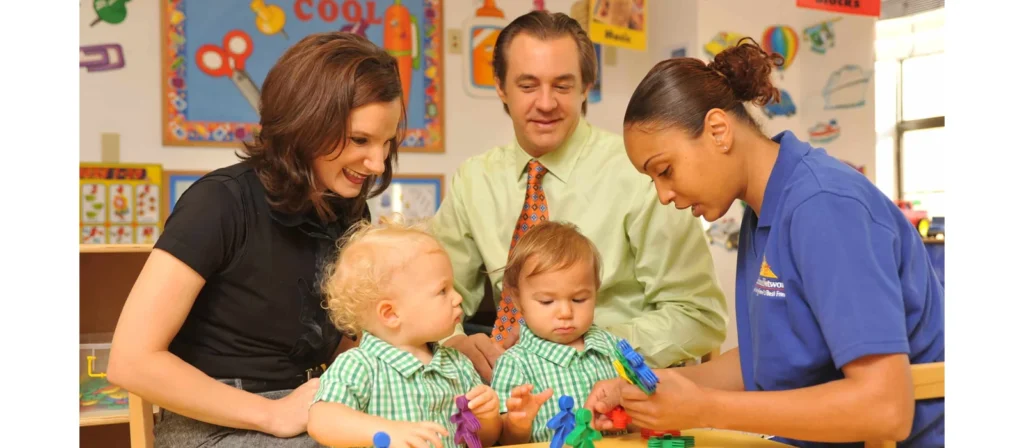
Childcare Ratios in Child Care Centers
Child care centers follow structured staff to child ratio guidelines to ensure children receive safe and responsive care throughout the day. These ratios are designed to match the developmental needs of each age group, along with appropriate group sizes that promote learning and supervision.
| Age Group | Recommended Staff:Child Ratio | Maximum Group Size |
|---|---|---|
| Infants (Under 12 months) | 1 adult for every 3 infants | 6 infants |
| Toddlers (13–35 months) | 1 adult for every 4 toddlers | 8 toddlers |
| Preschoolers (3 years) | 1 adult for every 7 children | 14 children |
| Preschoolers (4 years) | 1 adult for every 8 children | 16 children |
| Preschoolers (5 years) | 1 adult for every 8 children | 16 children |
| School-age (6–8 years) | 1 adult for every 10 children | 20 children |
| School-age (9–12 years) | 1 adult for every 12 children | 25 children |
Maintaining these daycare ratios helps providers ensure consistent supervision, reduce incidents, and deliver a higher quality of early education and care. Lower ratios at younger ages reflect the higher need for hands-on support and close monitoring.
Childcare Ratios in Large Family Child Care Homes
Family-based care settings often operate under different rules than larger centers, but appropriate child care ratios are equally important. In large family child care homes, the maximum number of children and ratio standards are carefully defined to reflect the informal, home-like environment while still ensuring safety and developmental support.
| Age Group | Recommended Staff:Child Ratio | Maximum Group Size |
|---|---|---|
| Infants (Under 12 months) | 1 adult for every 2 infants | 6 infants |
| Toddlers (13–23 months) | 1 adult for every 2 toddlers | 8 toddlers |
| Toddlers (24–35 months) | 1 adult for every 3 toddlers | 12 toddlers |
| Preschoolers (3 years) | 1 adult for every 7 children | 12 children |
| Preschoolers (4–5 years) | 1 adult for every 8 children | 12 children |
| School-age (6–8 years) | 1 adult for every 10 children | 12 children |
| School-age (9–12 years) | 1 adult for every 12 children | 12 children |
In these settings, providers must include their own children under the age of 6 when calculating the teacher to student ratio. Additionally, if infants and toddlers are present in the same group, the total number of children should not exceed six, with no more than two children under the age of 24 months.
Careful adherence to these staff to child ratios allows family care programs to maintain safety and developmental focus, even in a mixed domestic environment.
Childcare Ratios in Mixed Age Group Settings
In mixed age childcare environments, staff planning must consider both the number of children and their age groups. Each group may require a different adult-to-child ratio, and staffing must reflect the needs of the youngest children present.
| Age Group Present | Example Group Composition | Required Staff:Child Ratio | Explanation |
|---|---|---|---|
| Infants + Toddlers | 2 infants, 3 toddlers | 1:3 | Infant ratio applies; requires 2 staff for 5 children |
| Toddlers + Preschoolers | 3 toddlers, 5 preschoolers | 1:4 | Toddler ratio applies; requires 2 staff for 8 children |
| Infants + Preschoolers | 1 infant, 4 preschoolers | 1:3 | Infant ratio applies; requires 2 staff for 5 children |
| Infants + Toddlers + Preschoolers | 1 infant, 2 toddlers, 3 preschoolers | 1:3 | Youngest age (infant) dictates ratio; requires 2 staff for 6 children |
| Preschoolers (3-, 4-, and 5-year-olds mixed) | 2 three-year-olds, 3 four-year-olds, 3 five-year-olds | 1:7 | Ratio based on youngest preschooler (3 years old); requires 2 staff for 8 kids |
| School-age + Preschoolers | 2 preschoolers, 5 school-age children | 1:8 | Preschool ratio applies; requires 1 staff for up to 8 children |
If a child is attending both sessional and full-day services (e.g. under the ECCE program), a lower ratio (1:11) may apply during the designated hours, after which the regular daycare ratio (e.g. 1:8) resumes. Always round up adult counts to the nearest whole number for compliance.
Adult-to-Child Ratios in Other Situations
While standard childcare ratios apply during regular classroom activities, there are additional situations where staffing needs may vary. These include outdoor play, field trips, special programs, or temporary care arrangements. Each scenario requires thoughtful planning to maintain safety and supervision standards.
Here are common scenarios where adjusted staff to child ratios may be necessary:
| Situation | Recommended Approach |
|---|---|
| Outdoor play | Maintain the same ratios as indoors, but increase staff if the play area has limited visibility or multiple exits. |
| Field trips or off-site visits | Lower the ratio to provide closer supervision. For example, infants may require 1:2 or 1:1 depending on location and activity. |
| Swimming or water activities | Significantly lower ratios are advised, often 1:1 for younger children and 1:2 for preschoolers. |
| Nap time | Ratios may be relaxed slightly, but staff must remain present and maintain visual and auditory supervision. |
| Temporary or emergency care | Use standard ratios as a baseline, but ensure staff are familiar with all children and emergency protocols. |
| Evening or extended hours | Monitor fatigue and adjust staffing accordingly to prevent reduced attention or slower response times. |
In all of these cases, consider the risk level, the developmental needs of the children, and the experience level of staff. Licensing authorities may also have specific guidelines for these scenarios, especially in relation to teacher child ratios during high-risk activities.
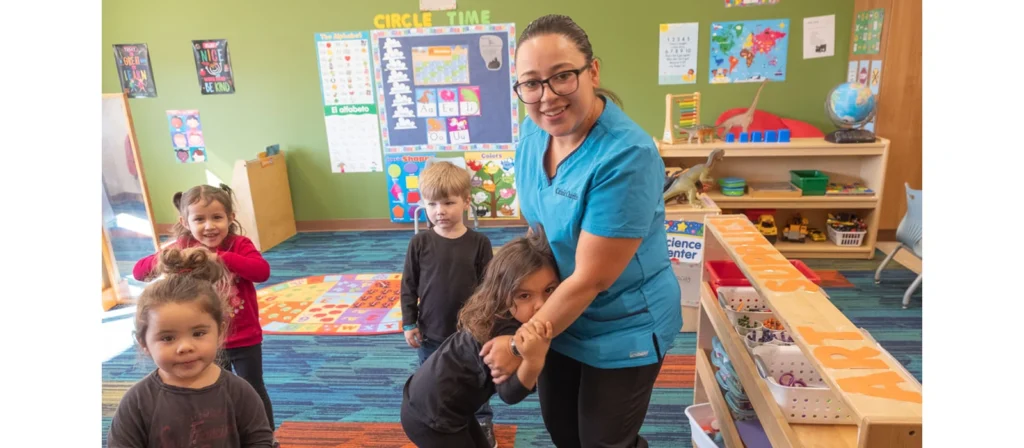
Whenever possible, conduct a risk assessment in advance. This helps determine whether extra staff are needed and what qualifications are required for safe supervision.
Inclusive Childcare Ratios for Children with Special Needs
Children with disabilities or additional support needs often require more individualized attention, which means standard childcare ratios may not be sufficient. Inclusive care settings must plan staffing with flexibility and sensitivity, ensuring every child receives the support they need to thrive.
Key considerations when adjusting staff to child ratios in inclusive environments:
| Support Need | Recommended Ratio Adjustment |
|---|---|
| Mobility or physical assistance | May require 1:1 support depending on the level of care needed |
| Behavioral or emotional support | Additional staff may be needed to ensure safe and consistent guidance |
| Medical or health-related care | Requires trained staff and a lower teacher pupil ratio |
| Communication or developmental delays | May benefit from smaller group settings or individualized care plans |
In many regions, licensing bodies or inclusion funding programs may provide guidelines or resources to help centers determine the appropriate teacher to student ratio for children with special needs. In some cases, this may involve assigning a dedicated support staff member or special education professional.
It’s also essential to train all staff in inclusive practices and to communicate with families about specific needs and strategies. When implemented thoughtfully, inclusive childcare ratios not only ensure safety and compliance but also foster a nurturing, respectful, and empowering environment for every child.
Create Classrooms That Support Better Childcare Ratios
At TOP Montessoris, we offer more than just furniture. We help you design organized, developmentally appropriate learning spaces tailored to daycare and preschool needs. Our classroom layouts support recommended staff-to-child ratios, improve supervision, and promote high-quality early learning. Get personalized design support, transparent pricing, and complete furniture solutions for every age group.
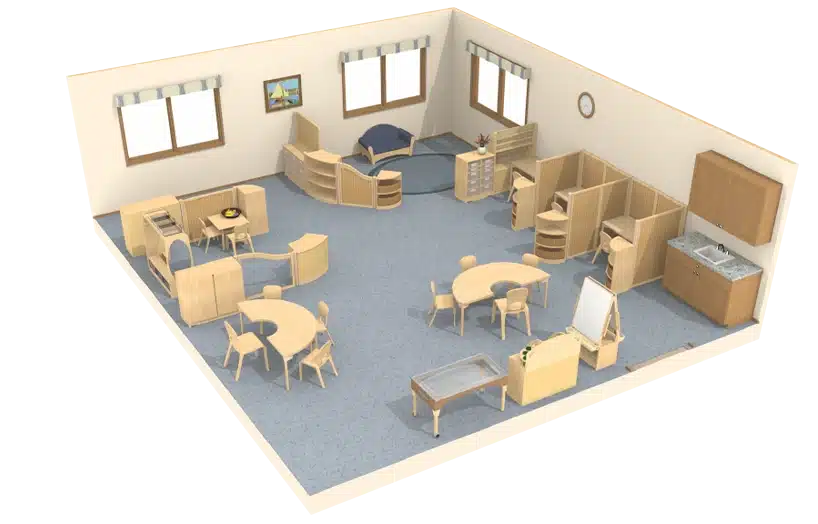 Explore Our Design Solutions
Explore Our Design Solutions
What Can Go Wrong When Childcare Ratios Are Off?
Staff Burnout and Fatigue
High staff to child ratios lead to physical and emotional exhaustion. Caregivers struggle to meet every child’s needs, which can result in chronic stress, low morale, and burnout.
Increased Absenteeism and Turnover
When caregivers are consistently overburdened, job satisfaction drops. This leads to more sick days, higher staff turnover, and difficulty maintaining continuity of care.
Lower Quality of Care
Overstretched staff have less time for one-on-one interaction, learning support, and emotional guidance. Children may receive less attention, which affects their development and sense of security.
Delayed Responses to Children’s Needs
With too many children per adult, caregivers may miss early signs of discomfort, conflict, or developmental concerns, increasing safety risks.
Weaker Relationships Between Staff and Children
Meaningful relationships take time and attention. Poor teacher child ratios reduce opportunities for bonding, trust, and consistent emotional support.
What to Do Next?
Managing childcare ratios effectively requires ongoing planning, monitoring, and staff coordination. Whether you run a small daycare or a large center, staying within recommended ratios helps ensure safety, support child development, and reduce staff stress.
Here are a few steps to help you maintain proper ratios:
• Review national and local regulations regularly
• Conduct routine headcounts and adjust staffing in real time
• Schedule floaters or backups to cover absences and transitions
• Provide training so all staff understand ratio requirements
• Document ratios throughout the day for compliance and review
Consistent staffing decisions based on clear teacher to student ratio standards help create a safer, more nurturing environment for children and a more sustainable workplace for educators.
Frequently Asked Questions (FAQs)
1. Does the staff-to-child ratio apply to each room or the whole setting?
The staff-to-child ratio applies to the entire childcare setting, not to individual rooms.
How you arrange your staff is up to you. For example, you may need fewer staff when babies are sleeping and more during meal or activity times.
The final decision is yours, but we may ask you to explain the reasoning behind your arrangements.
2. Will inspectors frequently count the number of children during visits?
No. We understand the challenges of recruiting and retaining staff.
We only focus on staff-to-child ratios if children’s safety is at risk.
During inspections, we won’t carry out frequent headcounts; instead, we pay attention to how children feel and how well they are cared for under your supervision.
3. Who can be counted in the staff-to-child ratio?
To be included in the ratio, staff must be at least 17 years old (except apprentices) and hold the appropriate qualifications.
This means each caregiver should have a qualification confirmation letter from Ofsted.
Nurseries are responsible for verifying and confirming the qualifications of their staff.

